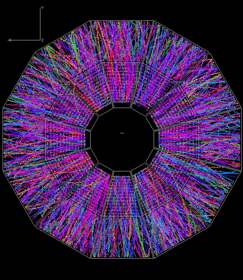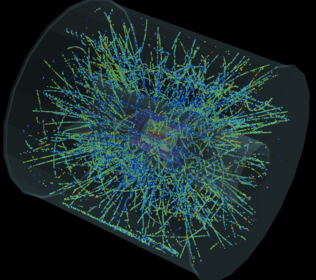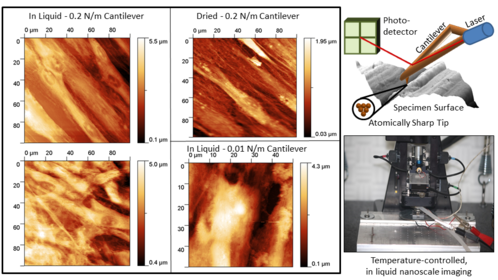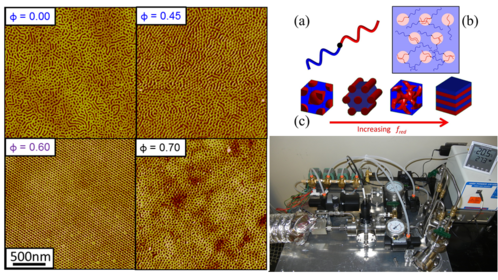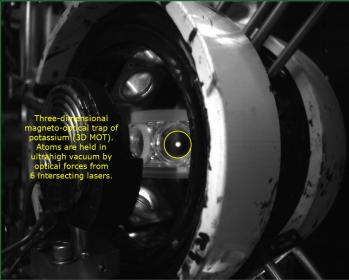Masters Research Fellowships Available for 2024-2025
Research Fellowships for Masters of Science in Physics students with full tuition remission and partial stipend are available for applicants for 2024-2025 year!
The Clare Boothe Luce Fellowship is available for excellent women scientists who are U.S. citizens.
Research fellowship available immediately in the Laser-Cooled Atoms Group
Research fellowship available immediately in the Condensed-Matter Physics Group
Research fellowship available immediately in the High Energy Physics Group
Research fellowship available immediately in the Quantum Computing Algorithms Group
Apply now!

